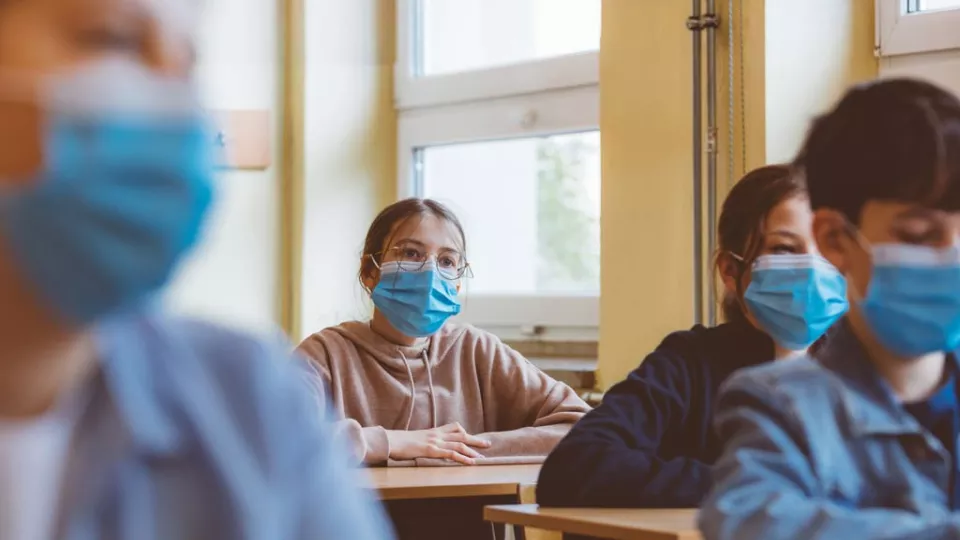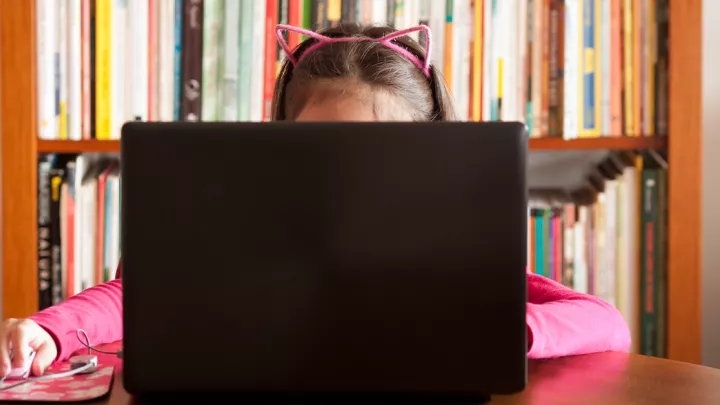
Back to School—But Not Back to Normal
Schools are reopening after a summer of pandemic uncertainty, welcoming educators and students back into the classroom. While the news is a long-awaited sigh of relief for many, it’s important to note that things won’t go “back to normal.”
Children’s Hospital Los Angeles psychologists Karen Rogers, PhD, and Marian Williams, PhD, have tips to share about how parents can best help children get used to returning to the classroom and in-person learning.
“We all want to hope that returning to school is going to mean a relief from all the stressors the pandemic has brought. But actually, this is going to be another challenging transition for many children,” says Dr. Rogers. “We taught them to be cautious around other people because of the virus, and now we are telling them to go back into an environment that wasn’t safe for them last school year. Kids are going to need some help with that adjustment.”
The role disparity will play
While some children may reintegrate seamlessly, others may have difficulty with the learning gap that was exacerbated by a year of virtual instruction. Some children already went back to school in some capacity, and some have thrived with online learning, but others have struggled for a variety of reasons, including lack of access to dependable technology, lack of a quiet environment in which to learn productively, or trauma, such as an ill or dying family member or an abusive living situation.
“It’s important to understand the role of disparity in learning loss. The children who are most impacted are the children who don’t have reliable access to internet or an adult who can help them connect with school and follow through on the instructions they are given,” Dr. Rogers says. “Children who are in impoverished communities and children with special education needs are the ones who will be differentially impacted.”
Tending to social and emotional needs
“Teachers should work to find a way to individualize assignments and not to compare children to one another,” Dr. Williams says. “There’s going to be pressure to put the focus on catching up academically, but for young children, it’s just as important to catch up socially and emotionally. Schools should provide kids with the time and space to play and connect with each other.”
Many children will have anxiety over the pandemic and will struggle to manage their feelings. It’s important for caregivers and educators to give children time to adjust to the “new normal” at school, which will include wearing masks all day, maintaining a safe physical distance from others, as well as changes to routines they remember from previous in-person school experiences.
“Classroom teachers should understand that kids are going to need some time to adjust and learn how to be in school under these new conditions,” Dr. Rogers says, noting that recess, lunchtime, clubs and athletics will have their own sets of guidelines to follow, and the process may seem overwhelming for children. “Kids have fallen out of practice in terms of following school rules and will need some help readjusting. Just that support will make a big difference for many of them.”
“What’s happening inside will be different from what we see on the outside for some kids. Some may be quiet, distant and distracted, while others may express themselves in the form of acting out in the classroom,” Dr. Williams adds. “It will be essential for teachers and caregivers to maintain an ongoing dialogue about the transition. After more than a year away from school, some kids may experience anxiety or separation issues from their home, their family members and their pets. This anxiety can heighten emotions and it’s important that kids have a safe space at school and at home to express and manage their feelings.”
Most of all, caregivers and parents should encourage kids to talk about returning to school and give them a chance to ask questions and talk about their feelings.
“Engage in a pleasurable activity with your kids—maybe a walk or a bike ride,” Dr. Williams says. “Things that involve physical movement and interpersonal connection can help alleviate anxiety and depression.”
“Children have the capacity to bounce back from even significant stressors and difficulties in their lives, but we can’t rely on some internal resilience factor that children innately have,” Dr. Rogers says. “Resilience comes from supportive relationships with caring adults, an attachment to a learning community, access to good schooling, and access to good health care and mental health care. We have to think about what we can put in place around them to enhance their capacity to be resilient.”


